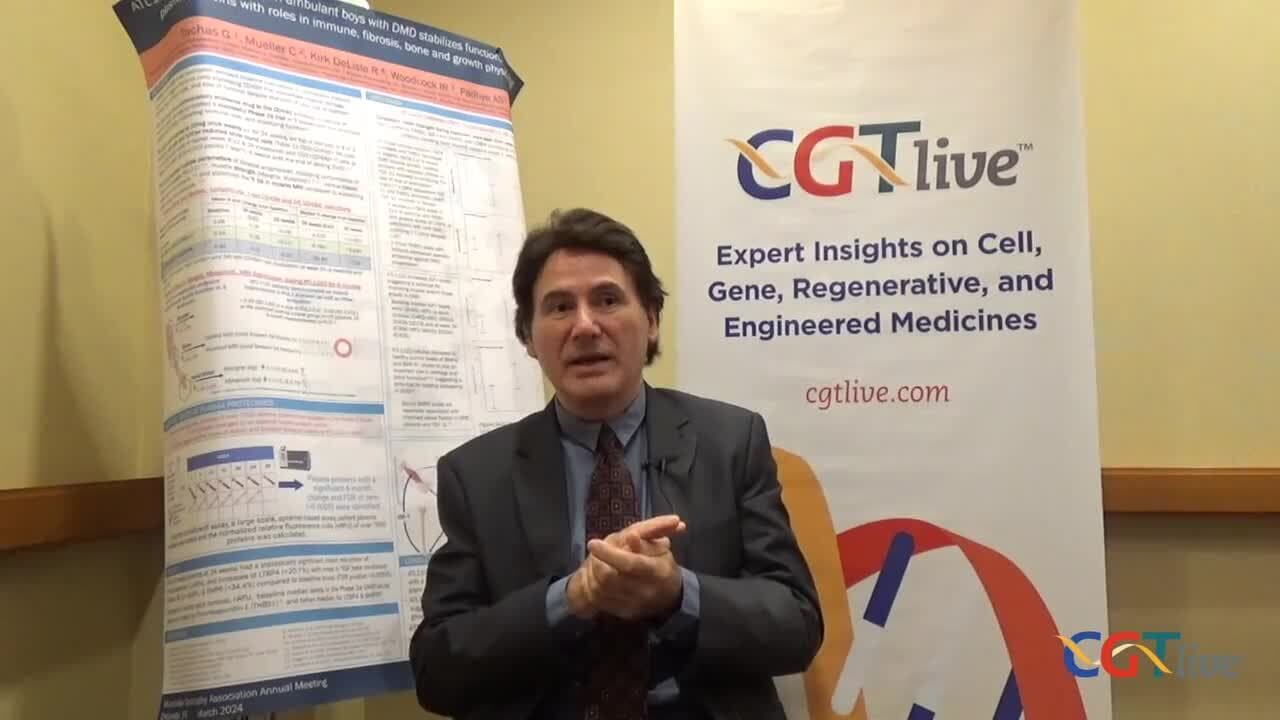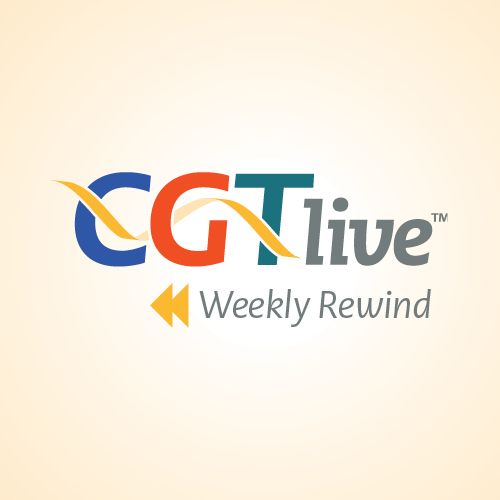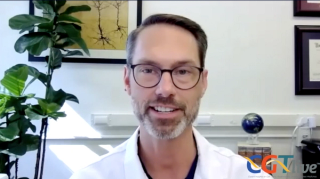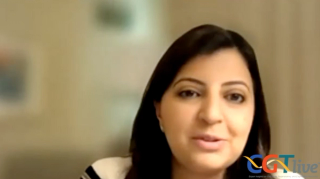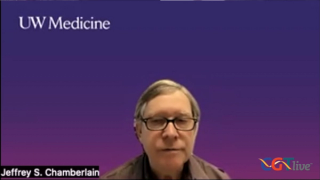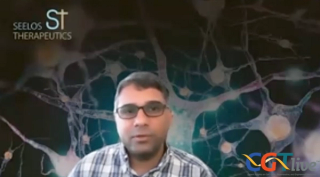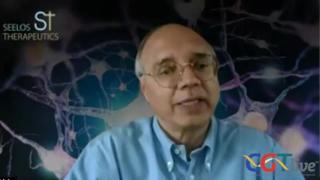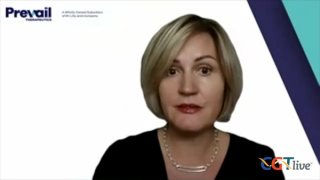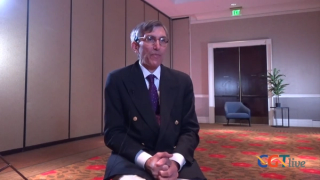
Neurology
Latest News
Latest Videos

CME Content
More News

An interim analysis of a phase 1/2 study suggest the REGENXBIO therapy also showed efficacy signals.
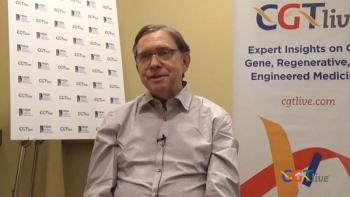
The McCaw Endowed Chair of Muscular Dystrophy at University of Washington discussed highlights from the meeting.
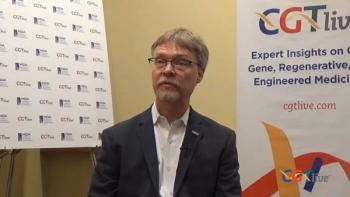
The director of the Manton Center for Orphan Disease Research at Boston Children’s Hospital discussed takeaways from an MDA session on rare diseases.
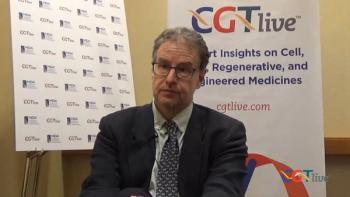
The deputy director, Division of Rare Diseases Research Innovation, NCATS, NIH, discussed the NIH’s genome editing program and more.
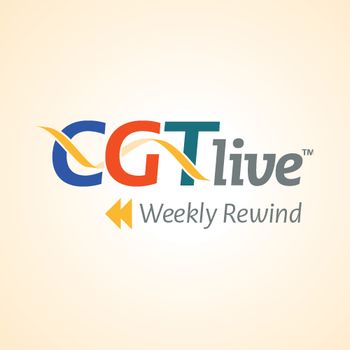
Review top news and interview highlights from the week ending April 12, 2024.
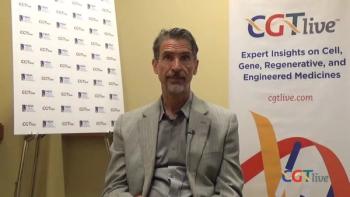
The Lichtenstein professor of neurology at University of Miami Miller School of Medicine discussed research his lab is pursuing and its applications.

The data comes from 2 phase 1/2a clinical trials and their respective open-label extension studies.
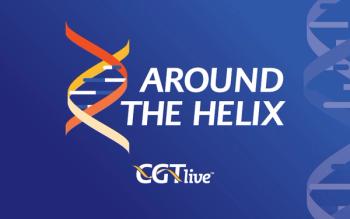
Catch up on the latest news, breakthroughs, and announcements from biotechnology companies making advancements in cell and gene therapies.
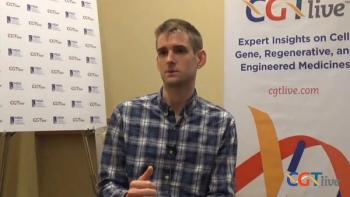
The postdoctoral scholar at University of California – Irvine discussed further questions he is continuing to investigate.

The 2-part, multicenter BCT-006-US trial will seek to enroll patients who are in the earlier stages of ALS.

Eque-cel was previously evaluated in antibody-mediated idiopathic inflammatory disorders of the nervous system in an investigator-initiated trial.
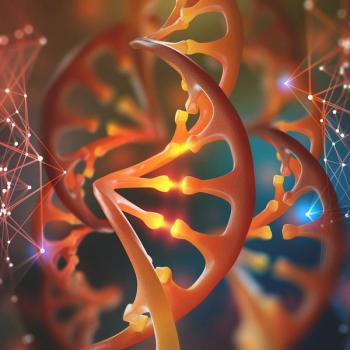
Catch up on any of the key data updates you may have missed last month, with coverage highlights from the CGTLive™ team.

Review top news and interview highlights from the week ending April 5, 2024.
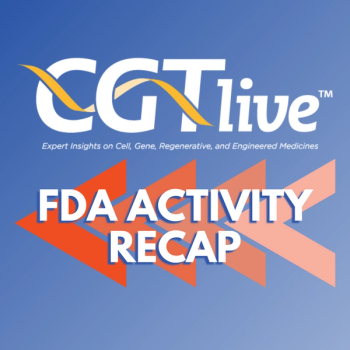
Catch up on any of the key FDA news stories you may have missed last month, with coverage highlights from the CGTLive® team.

Catch up on the latest news, breakthroughs, and announcements from biotechnology companies making advancements in cell and gene therapies.
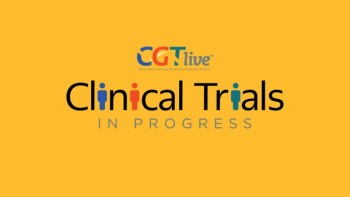
In observance of Parkinson's Awareness Month, held annually in April, CGTLive® took a closer look at REGENERATE-PD, a new trial for PD gene therapy AB-1005.

Review top news and interview highlights from the week ending March 29, 2024.

In light of the CTA clearance, Atamyo plans to carry out a multicenter, open-label phase 1b clinical trial (NCT05973630).

A 2-year evaluation of a small cohort of patients with systemic lupus erythematosus, idiopathic inflammatory myositis, and systemic sclerosis showed safety and efficacy which were supportive of additional clinical trials.

Catch up on the latest news, breakthroughs, and announcements from biotechnology companies making advancements in cell and gene therapies.

In the phase 3 EMBARK trial, treatment with SRP-9001 improved secondary outcomes of time to rise, microdystrophin expression, and 10-meter walk/run.

Bruce Cree, MD, PhD, MAS, a professor of neurology and the clinical research director of the University of California San Francisco (UCSF) Multiple Sclerosis Center discussed the importance of further research into the root cause of MS and other autoimmune diseases.
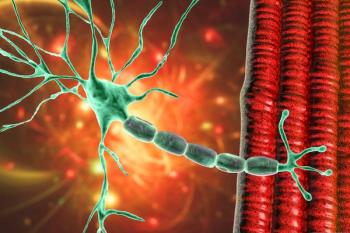
Avidity is currently enrolling in the phase 3 HARBOR trial, which it expects to initiate in the second quarter of 2024.

The McCaw Endowed Chair of Muscular Dystrophy at University of Washington discussed emphasized topics at this year's ASGCT meeting.

Review top news and interview highlights from the week ending March 22, 2024.

